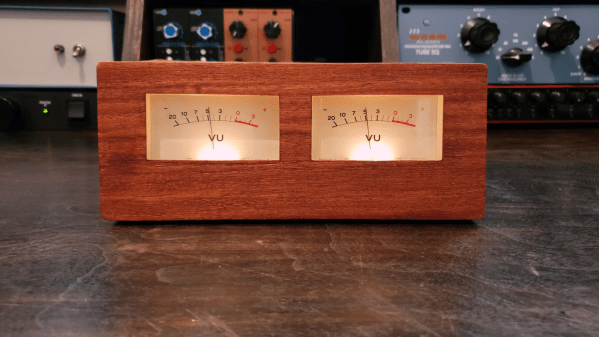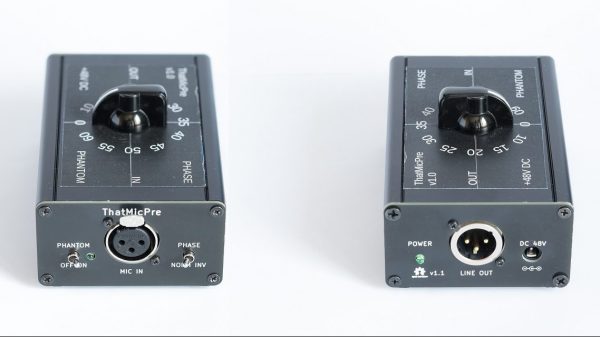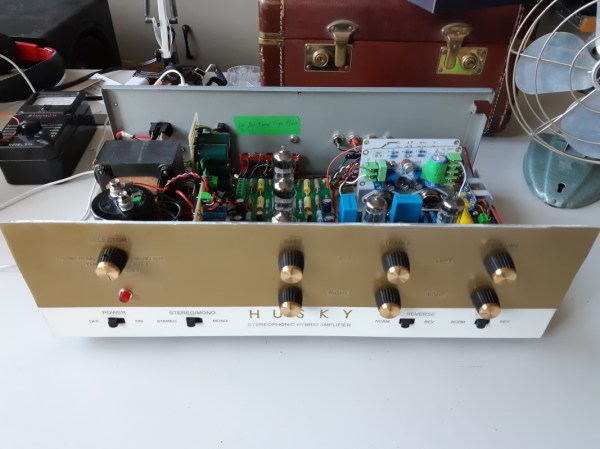Big-name tube amplifiers often don’t come cheap. Being the preserve of dedicated audiophiles, those delicate hi-fis put their glass components on show to tell you just how pricy they really ought to be. If you just want to dip your toe in the tube world, though, there’s a cheaper and more accessible way to get started. [Jenny List] shows us the way with her neat headphone amp build.
The build starts with an off-the-shelf preamp kit based around two common 6J1 tubes. These Chinese pentode valves come cheap and you can usually get yours hands on this kit for $10 or so. You can use the kit as-is if you just want a pre-amp, but it’s not suitable for headphone use out of the box due to its high-impedance output. That’s where [Jenny] steps in.
You can turn these kits into a pleasing headphone amp with the addition of a few choice components. As per the schematic on Github, a cheap transformer and a handful of passives will get it in the “good enough” range to work. The transformer isn’t perfect, and bass response is a compromise, but it’s a place to start your tinkering journey. Future work from [Jenny] will demonstrate using a MOSFET follower to achieve much the same result.
We’ve seen a great number of headphone amplifiers over the years, including one particularly attractive resin-encased example. Video after the break.
Continue reading “Convert A Cheap Tube Preamp Into A Headphone Amp With Jenny”


















